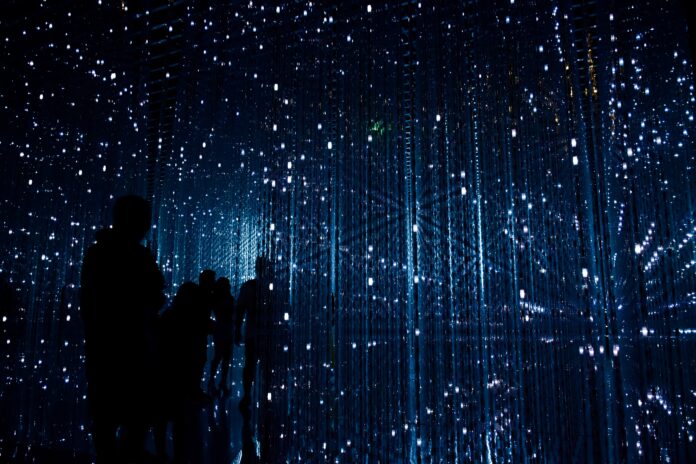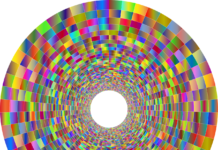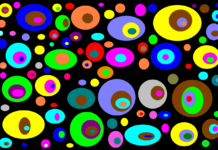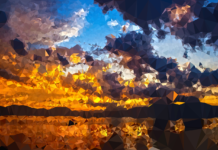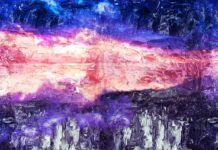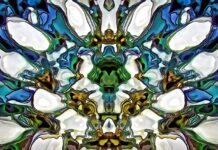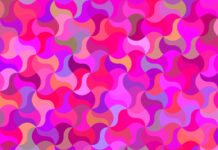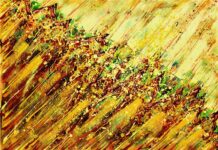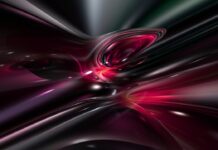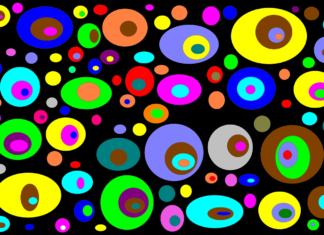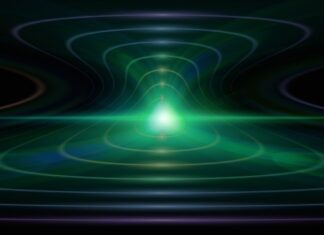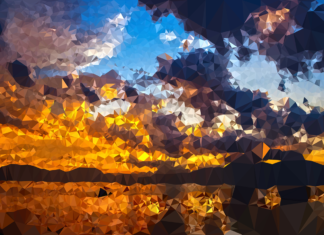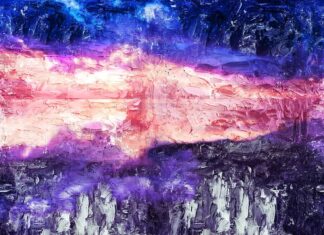Introduction:
In recent years, image editing and synthesis have been revolutionized by the emergence of stable diffusion, a cutting-edge technique that leverages the power of machine learning and diffusion processes to achieve remarkable results. Stable diffusion is a novel approach that allows for the manipulation, transformation, and synthesis of images in a way that is both visually pleasing and mathematically rigorous. This technique has gained significant attention in the fields of computer vision, graphics, and artificial intelligence, and has been utilized in a wide range of applications, from artistic image editing to realistic image synthesis for virtual and augmented reality experiences.
In this article, we will provide a comprehensive overview of stable diffusion, delving into its core concepts, applications, and potential impact on the field of image editing and synthesis. We will explore the underlying principles of stable diffusion, the mathematical foundations behind this technique, and how it differs from traditional approaches to image editing. We will also delve into the various applications of stable diffusion, ranging from artistic image manipulation to virtual and augmented reality, medical imaging, and more. Additionally, we will discuss the potential implications and future directions of stable diffusion, and how it may shape the future of image editing and synthesis.
Core Concepts of Stable Diffusion:
At its core, stable diffusion and utilization of custom stable diffusion models, is a powerful approach that combines the principles of machine learning and diffusion processes to achieve image editing and synthesis. The central idea behind stable diffusion is to formulate image manipulation as a continuous and differentiable process, where images are transformed through a diffusion process that is guided by a learned diffusion model. The diffusion model is trained using a large dataset of images, allowing it to capture the statistical properties and structures of images in a data-driven manner. This learned diffusion model is then used to guide the diffusion process, leading to visually pleasing and coherent image transformations.
One of the key aspects of stable diffusion is its ability to ensure stability and robustness during the diffusion process. This is achieved through careful regularization and normalization techniques that prevent numerical instability and artifacts. Stable diffusion also allows for precise control over the diffusion process, with parameters that can be adjusted to control the level of diffusion, the style or content of the transformation, and other factors that influence the final output. This makes stable diffusion a highly versatile technique that can be used for a wide range of image editing tasks, from simple color adjustments to complex image synthesis.
Mathematical Foundations of Stable Diffusion:
Stable diffusion is grounded in rigorous mathematical foundations, which provide a solid framework for understanding and analyzing this technique. At the core of stable diffusion is the concept of partial differential equations (PDEs), which are used to model the diffusion process. PDEs are mathematical equations that describe how quantities change over time and space, and they have been widely used in various fields of science and engineering. In the context of stable diffusion, PDEs are used to describe the transformation of images over time, with diffusion coefficients that are guided by the learned diffusion model.
Another important mathematical concept in stable diffusion is the concept of regularization, which ensures stability and robustness during the diffusion process. Regularization techniques, such as total variation regularization or heat equation regularization, are used to smooth and regularize the image during the diffusion process, preventing numerical instability and artifacts. Regularization also helps to enforce the coherence and continuity of the image transformations, leading to visually pleasing results.
Furthermore, the use of machine learning techniques, such as deep neural networks, plays a crucial role in stable diffusion. Deep neural networks are used to learn the diffusion model from a large dataset of images. These networks are trained to capture the statistical properties and structures of images, allowing them to generate realistic and visually appealing image transformations. The learned diffusion model is then used to guide the diffusion process, providing a data-driven and flexible approach to image editing and synthesis.
Applications of Stable Diffusion:
Stable diffusion has found numerous applications in the field of image editing and synthesis, with potential for impact in various domains. Some of the key applications of stable diffusion include:
Artistic Image Editing: Stable diffusion enables artists and designers to create visually stunning and unique image transformations, allowing for creative expression and artistic exploration. With its precise control over diffusion parameters, stable diffusion can be used to create a wide range of effects, such as stylization, color grading, texture synthesis, and more. Artists can leverage the learned diffusion model to guide the diffusion process and achieve desired artistic outcomes.
Virtual and Augmented Reality: Stable diffusion has significant potential in virtual and augmented reality experiences. It can be used to generate realistic and visually appealing virtual scenes, characters, and objects. Stable diffusion can also be used for image synthesis in augmented reality applications, such as virtual makeup, virtual try-on for fashion, and virtual interior design, among others. The ability to generate high-quality images in real-time using stable diffusion can enhance the visual realism and immersion of virtual and augmented reality experiences.
Medical Imaging: Stable diffusion has been applied in medical imaging for tasks such as image denoising, image registration, and image synthesis. It can be used to enhance the quality of medical images, remove noise and artifacts, and generate realistic synthetic images for training and validation of medical image analysis algorithms. Stable diffusion has the potential to improve the accuracy and reliability of medical image analysis, leading to better diagnosis and treatment planning in healthcare.
Image Restoration: Stable diffusion can also be used for image restoration tasks, such as image deblurring, image inpainting, and image denoising. It can help to recover lost details, fill in missing regions, and remove noise and artifacts from images, leading to improved image quality and visual perception. Stable diffusion can be particularly useful in restoring old or damaged images, preserving historical and cultural artifacts, and enhancing image quality in various applications.
Computer Graphics: Stable diffusion can be used in computer graphics for tasks such as texture synthesis, image morphing, and image manipulation. It can enable the generation of realistic and visually appealing textures, smooth image transitions, and coherent image transformations. Stable diffusion can also be used for image-based lighting, where realistic lighting conditions can be synthesized based on a learned diffusion model, enhancing the visual realism of computer-generated graphics.
Potential Implications and Future Directions:
Stable diffusion has the potential to revolutionize the field of image editing and synthesis, offering a data-driven and mathematically rigorous approach to image manipulation. This technique can unlock new possibilities for creative expression, virtual and augmented reality experiences, medical imaging, and other domains. With its ability to generate visually appealing and realistic image transformations, stable diffusion can have significant implications in various fields.
One of the potential future directions of stable diffusion is the integration with other machine learning techniques, such as generative adversarial networks (GANs) and variational autoencoders (VAEs). Combining stable diffusion with these techniques can lead to even more powerful and flexible image editing and synthesis methods, allowing for more complex and realistic image transformations. The integration of stable diffusion with other machine learning techniques can also enable the synthesis of images with higher resolution, better texture fidelity, and improved visual realism.
Another potential direction is the application of stable diffusion in video editing and synthesis. While stable diffusion has primarily been applied to still images, it can also be extended to video sequences, allowing for the manipulation, transformation, and synthesis of video content. This can have applications in video editing, special effects, and virtual reality experiences, among others. Stable diffusion can enable video editors and content creators to achieve visually stunning and realistic video transformations, opening up new possibilities for storytelling and visual aesthetics in video production.
Additionally, further research can be conducted to explore the potential of stable diffusion in other domains, such as fashion, advertising, gaming, and entertainment. For example, stable diffusion can be used for virtual fashion design, where realistic virtual garments can be generated based on learned diffusion models. Stable diffusion can also be applied in advertising to create visually appealing and eye-catching images that attract attention and convey desired messages. In the gaming industry, stable diffusion can be used for procedural generation of game assets, such as textures, terrains, and characters, leading to more immersive and visually stunning game environments. In the entertainment industry, stable diffusion can be applied in post-production for visual effects and image manipulation in movies, TV shows, and other forms of media.
Another potential direction is the development of interactive tools and interfaces for stable diffusion, allowing artists and designers to have real-time control and feedback during the diffusion process. This can enable intuitive and interactive image editing and synthesis workflows, where artists can directly manipulate diffusion parameters and visualize the results in real-time, leading to a more creative and efficient image editing process.
Ethical considerations are also important in the application of stable diffusion. As with any image editing and synthesis techniques, there are ethical concerns related to image manipulation, copyright infringement, privacy, and potential misuse of synthesized images. It is important to ensure responsible and ethical use of stable diffusion techniques, and to establish guidelines and standards for its application in various domains.
In conclusion, stable diffusion is a powerful and flexible approach to image editing and synthesis that has significant potential in various domains, including art, virtual and augmented reality, medical imaging, computer graphics, and more. With its ability to generate visually appealing and realistic image transformations, stable diffusion opens up new possibilities for creative expression, storytelling, and visual aesthetics. Further research and development in this area can lead to advancements in image editing and synthesis techniques, and enable innovative applications in different fields. The continued exploration of stable diffusion and its integration with other machine learning techniques, as well as the development of interactive tools and interfaces, and careful consideration of ethical implications, can shape the future of image editing and synthesis, providing exciting opportunities for artists, designers, and researchers alike.


